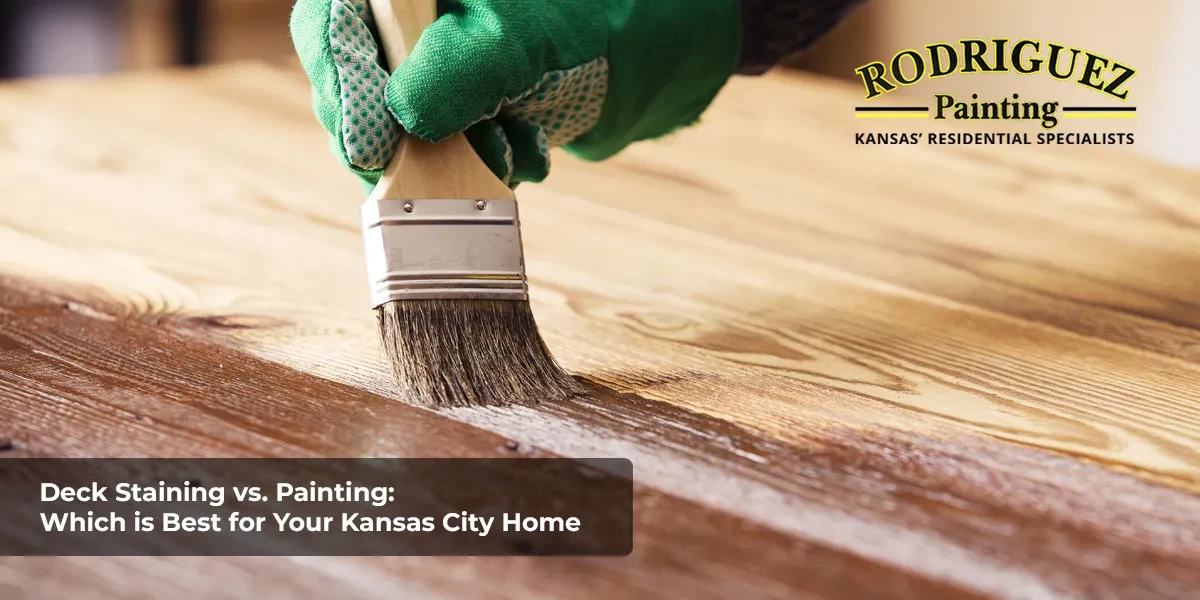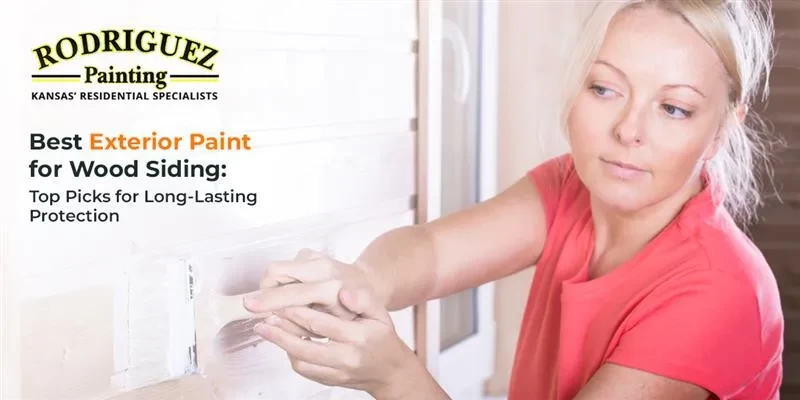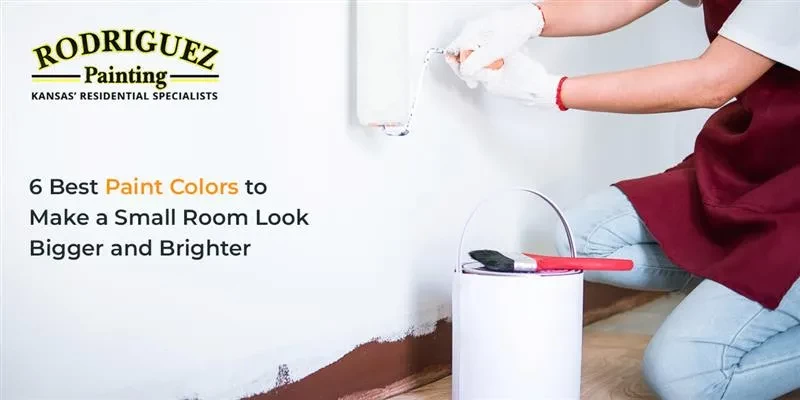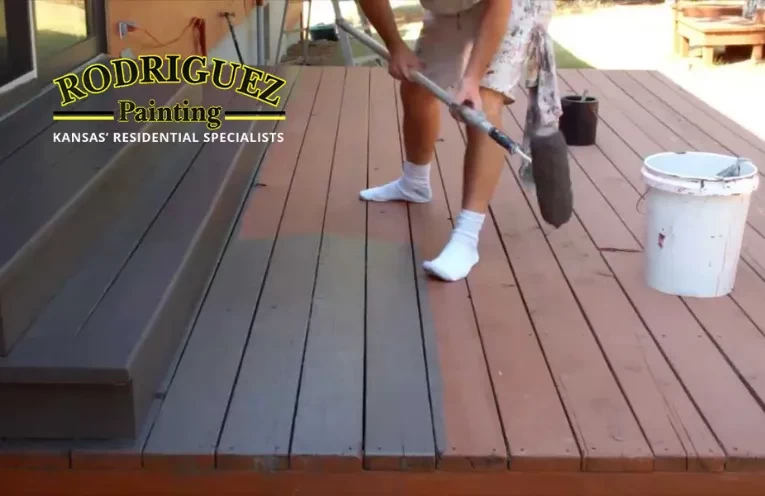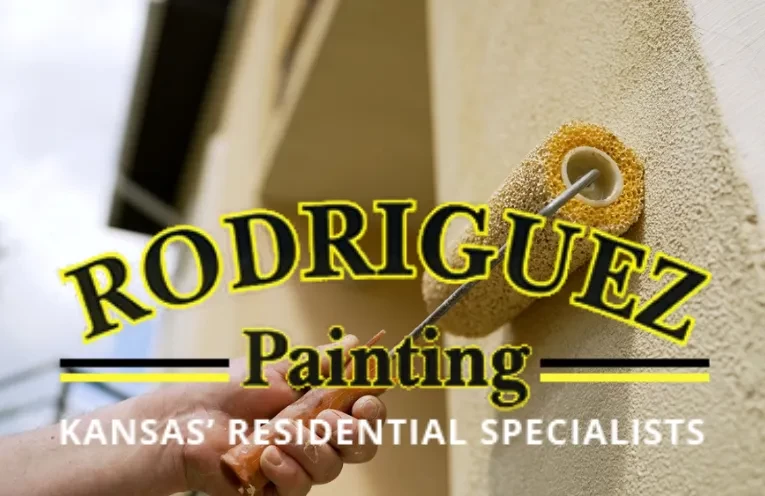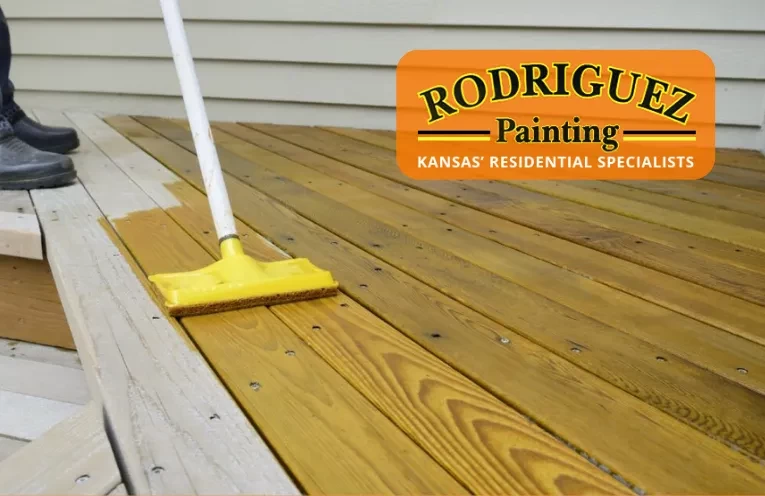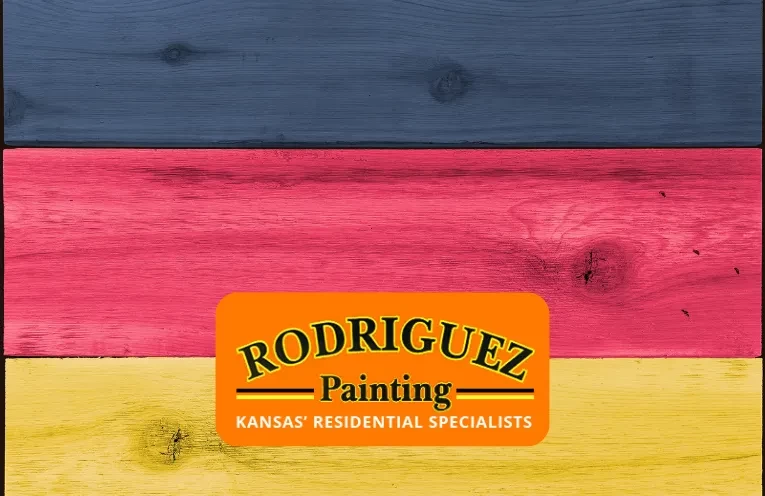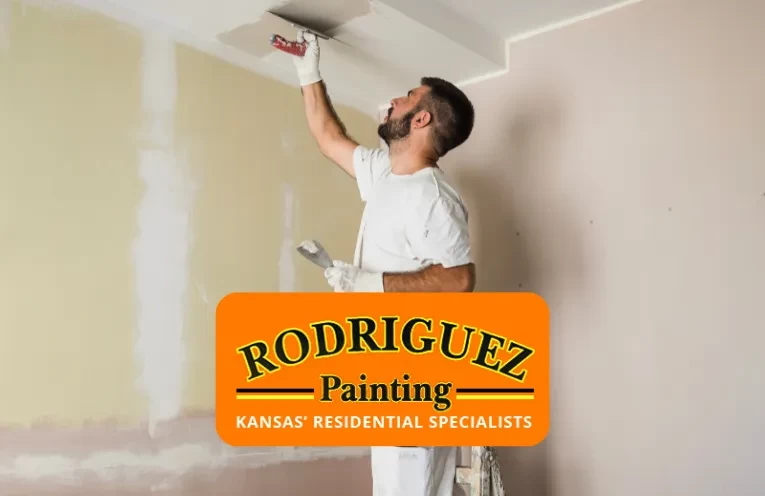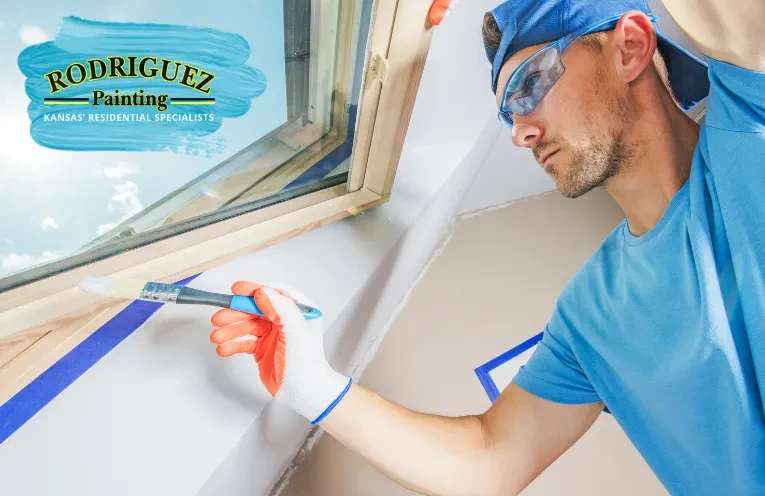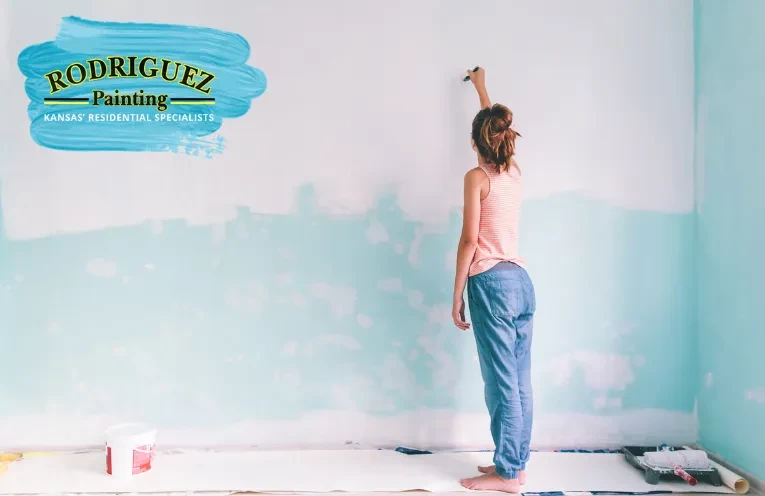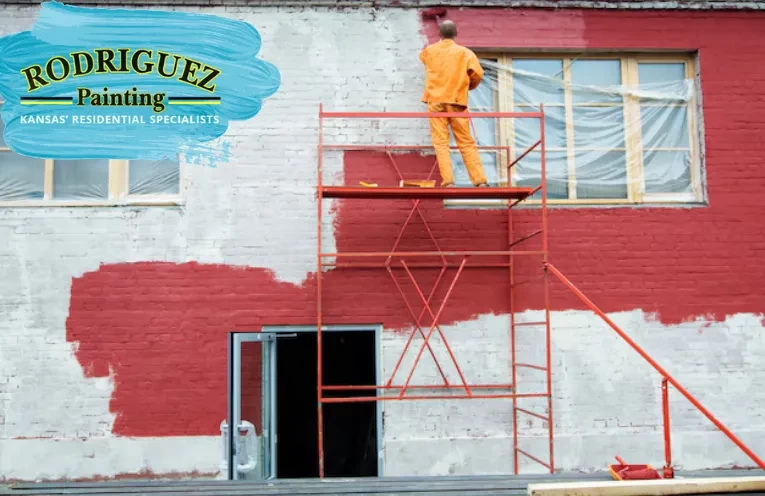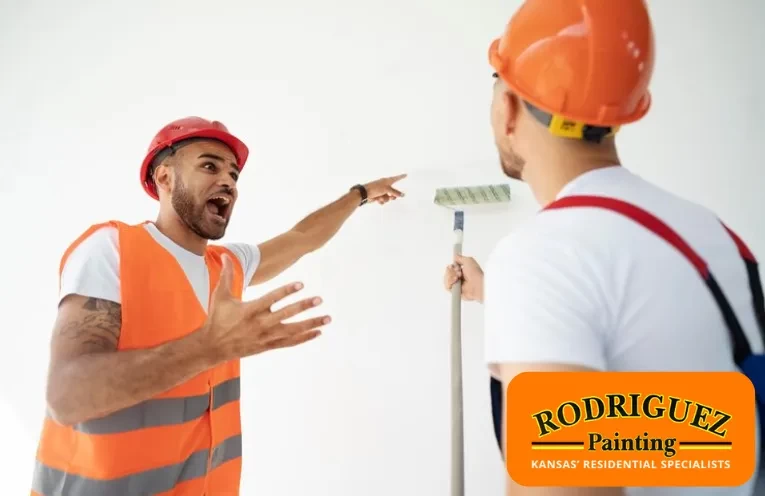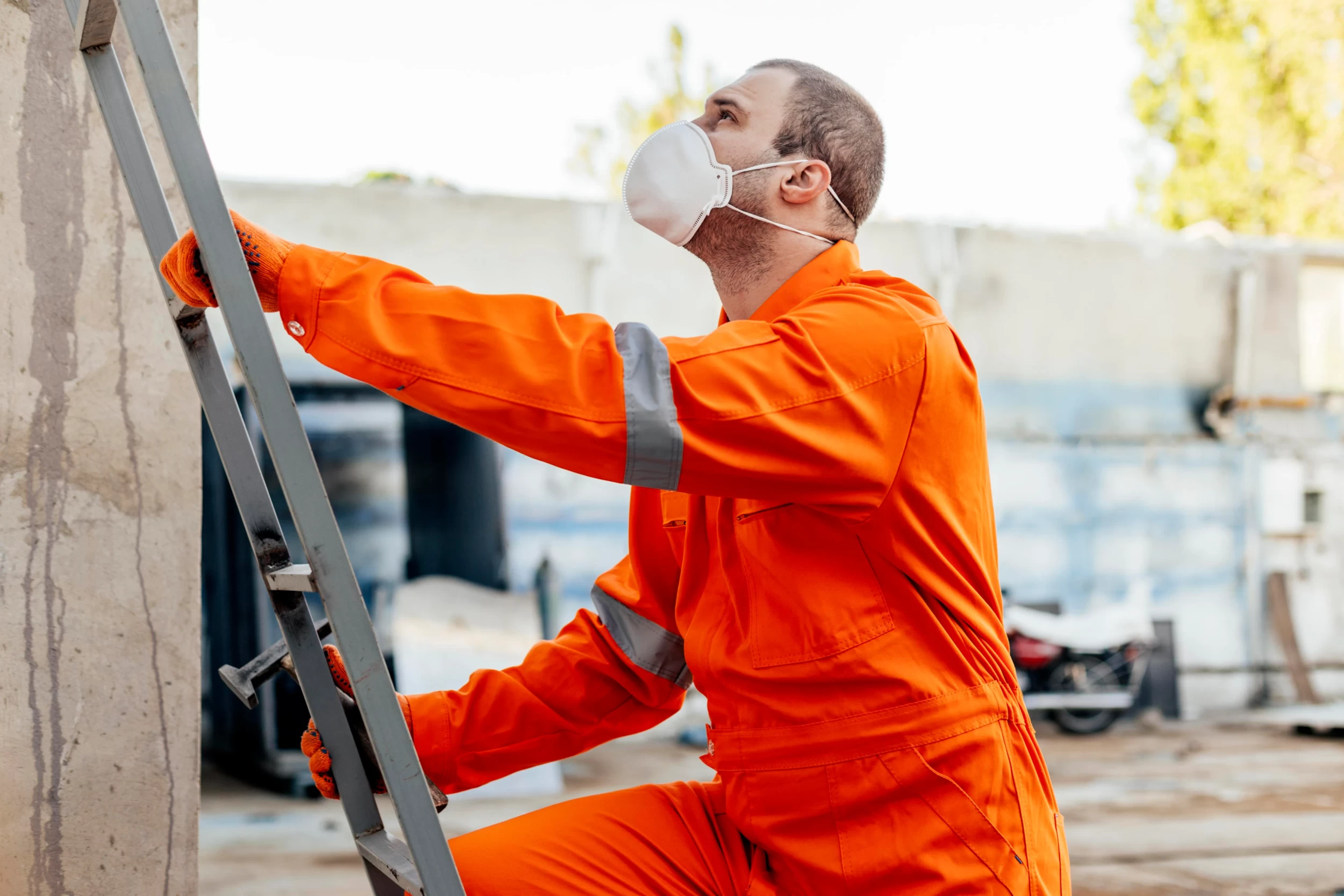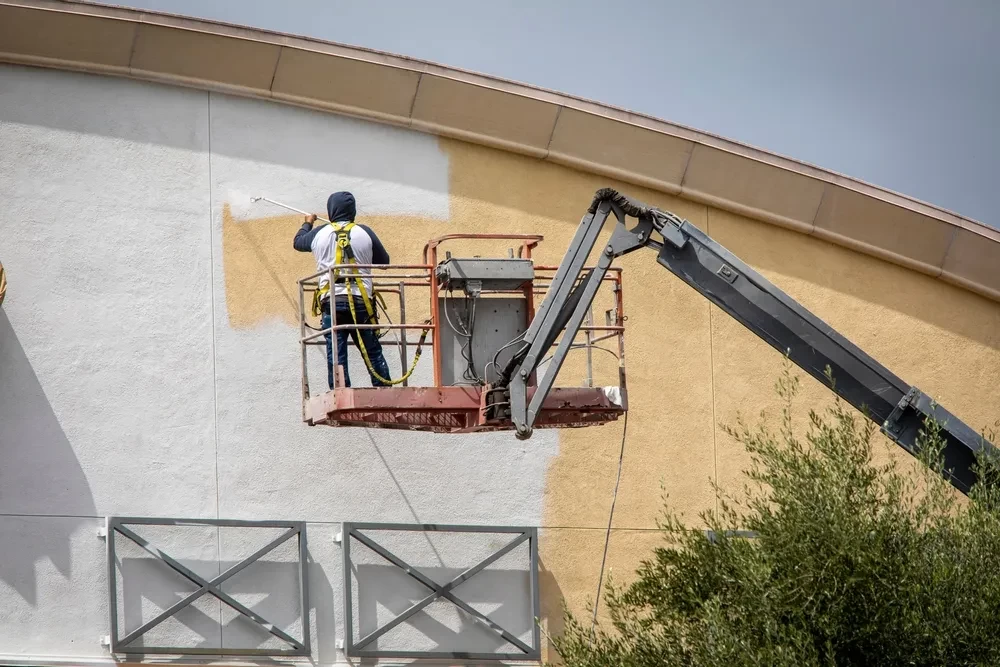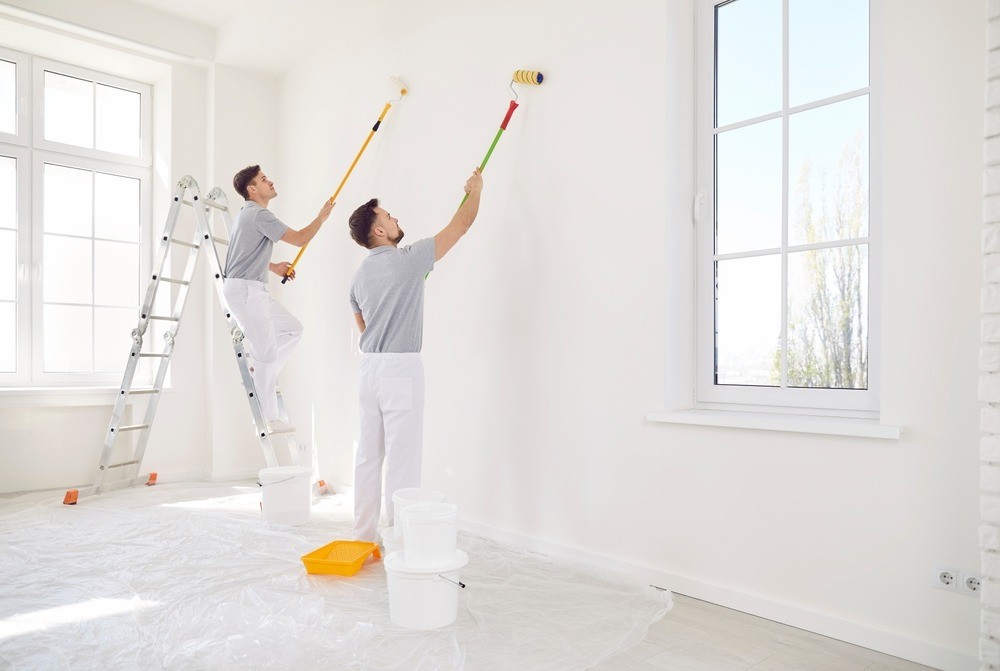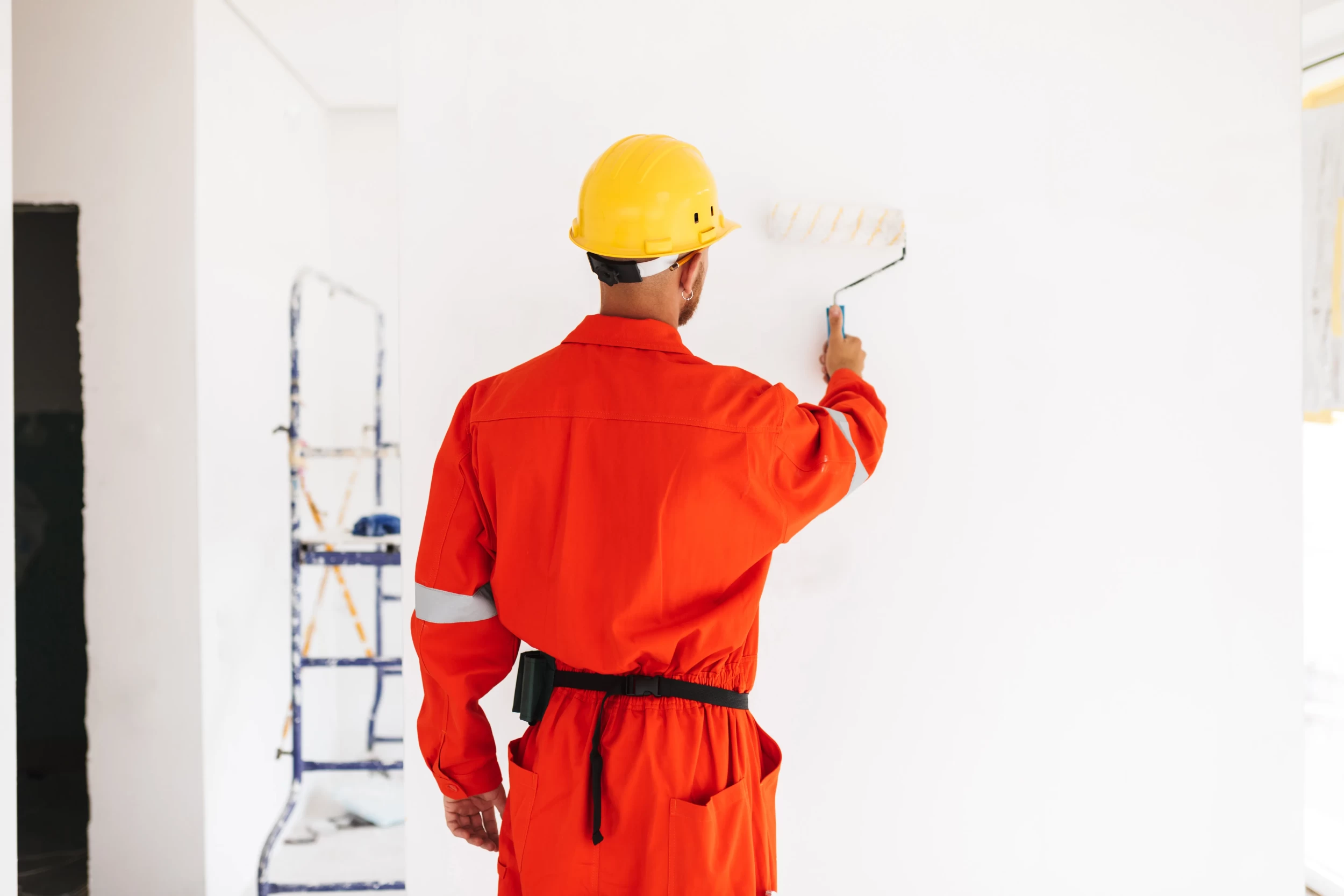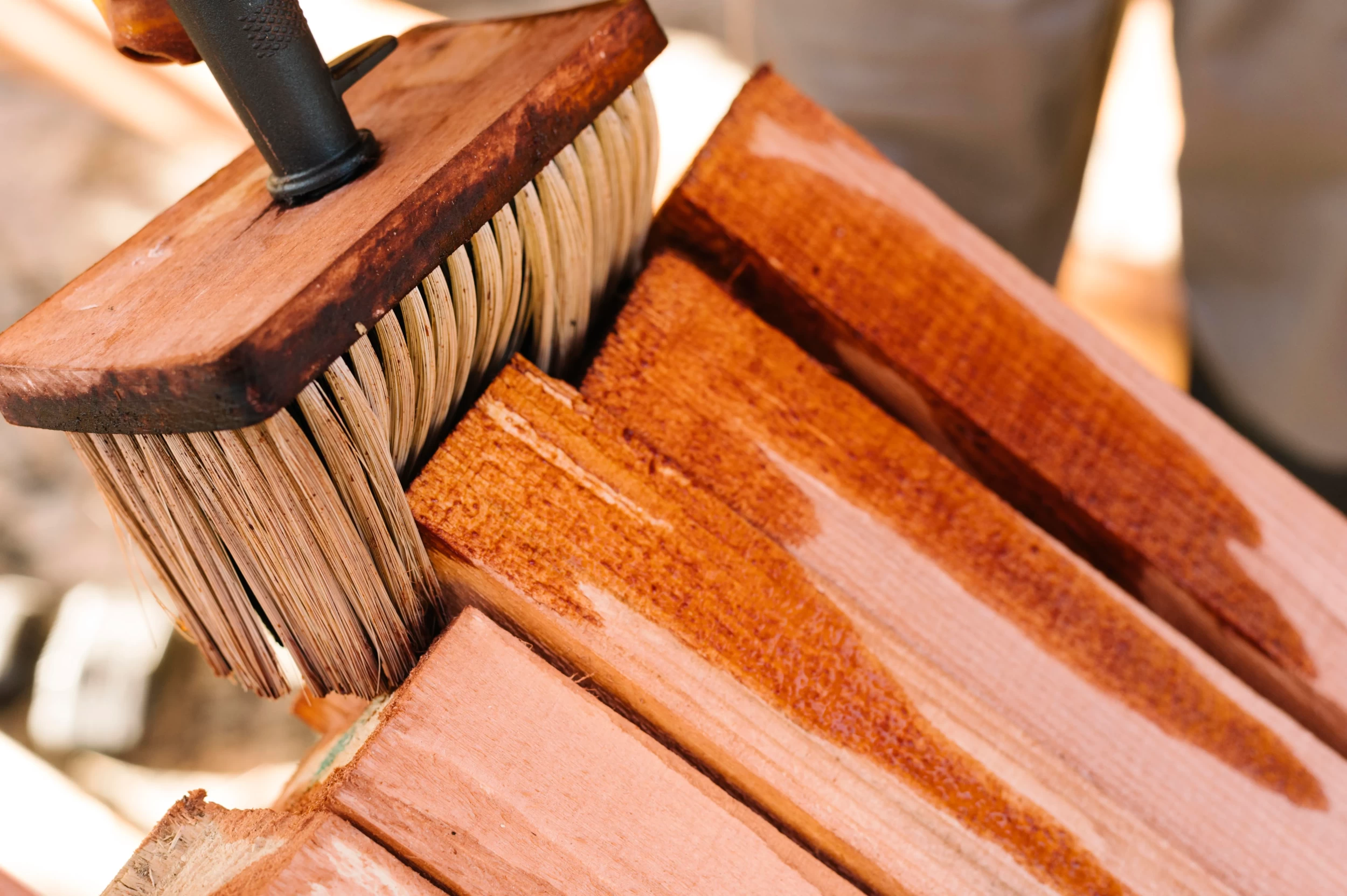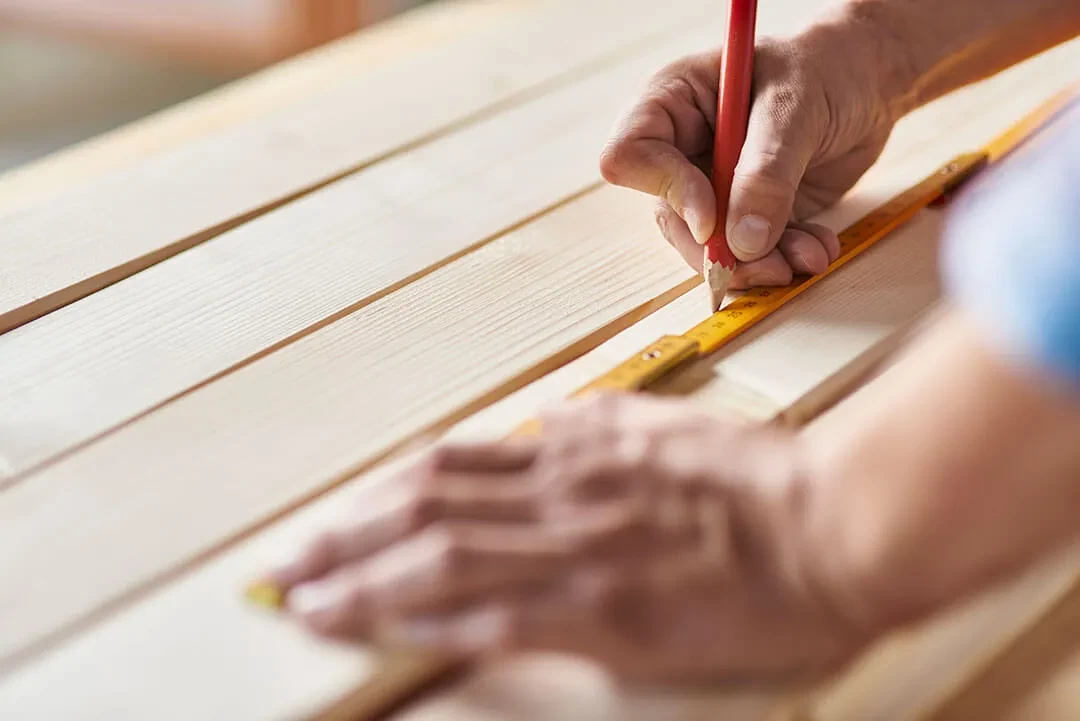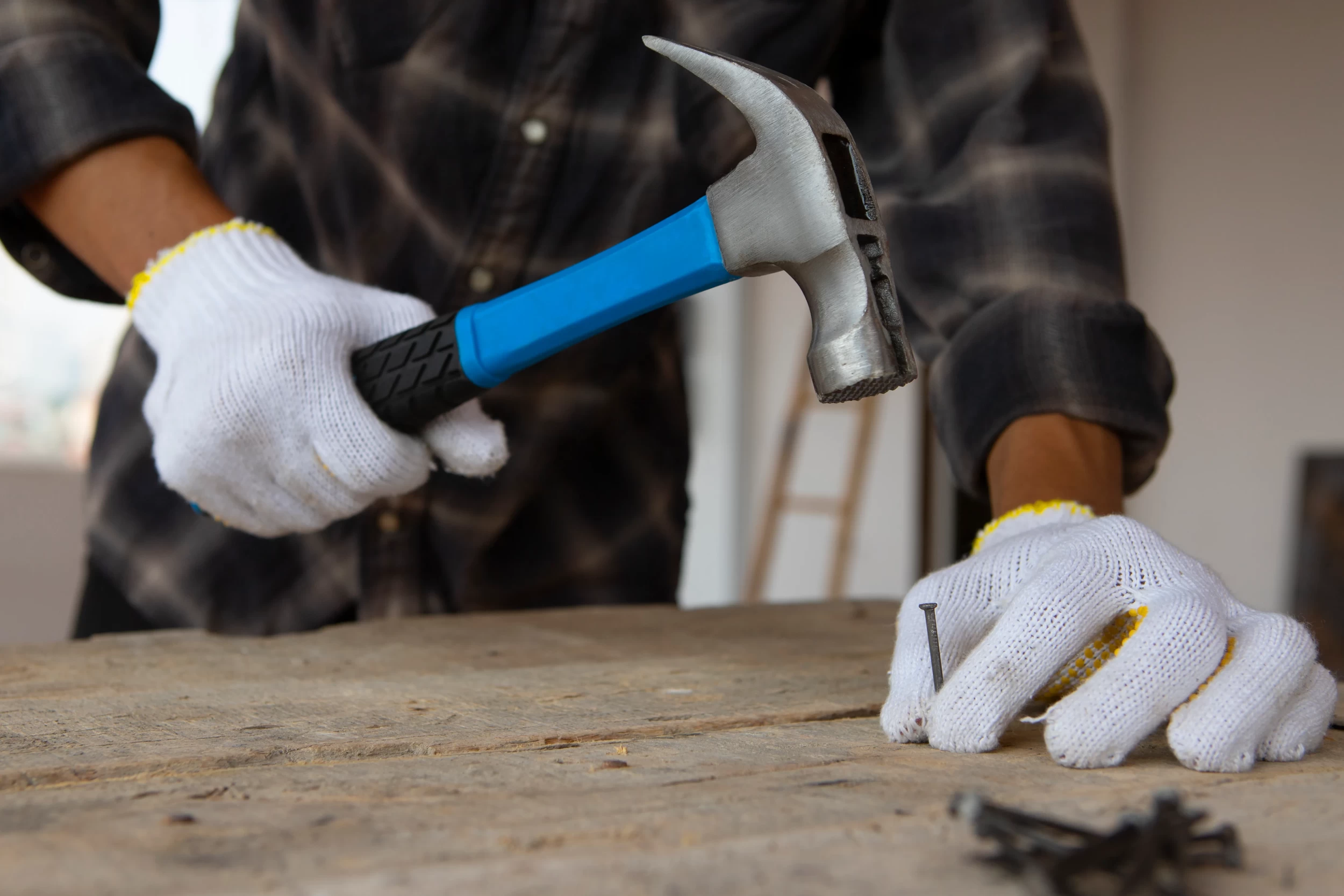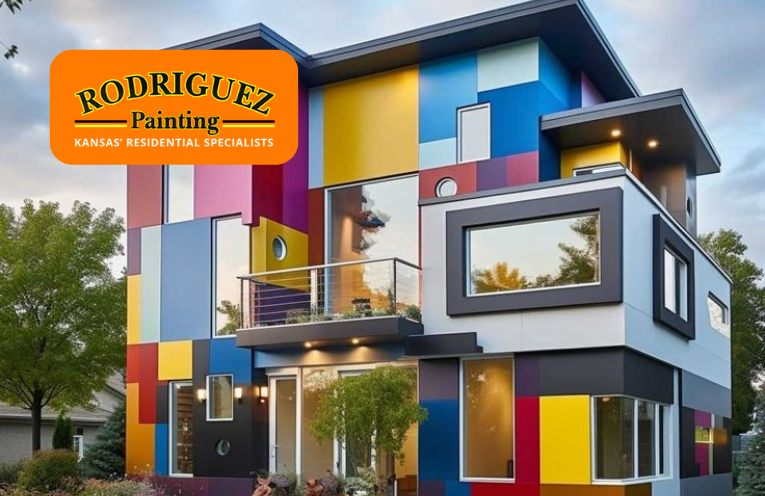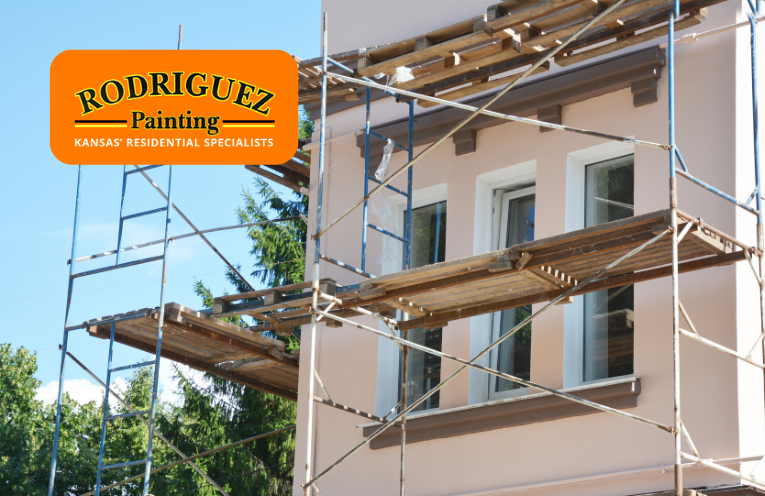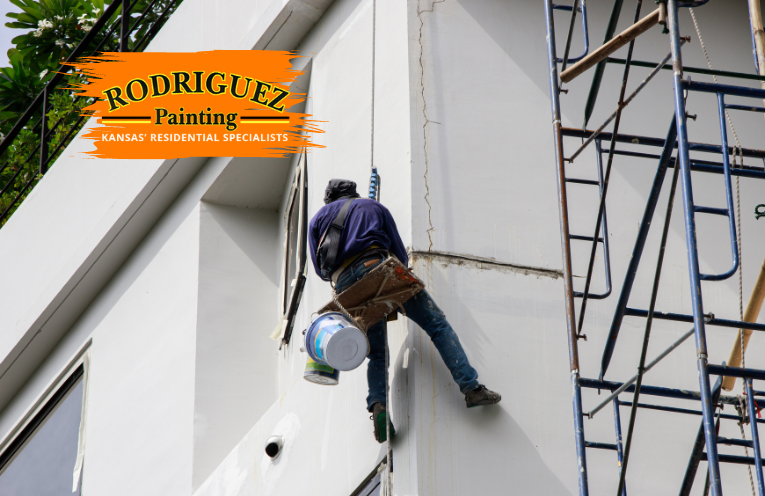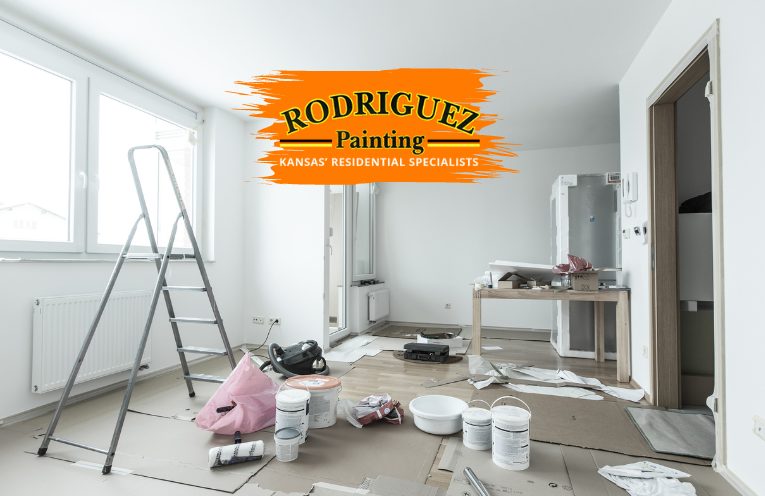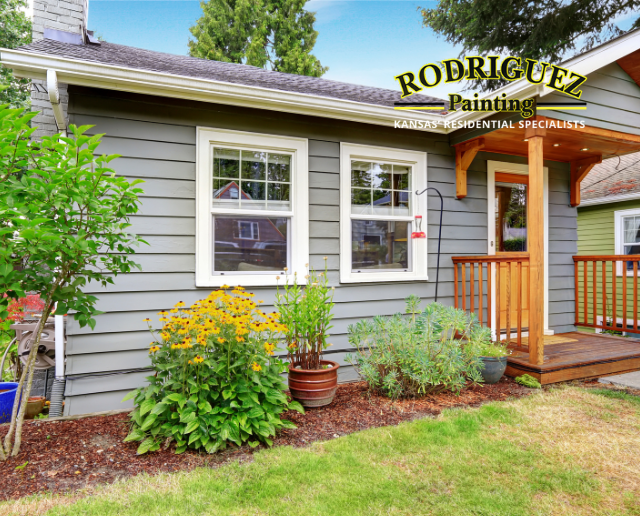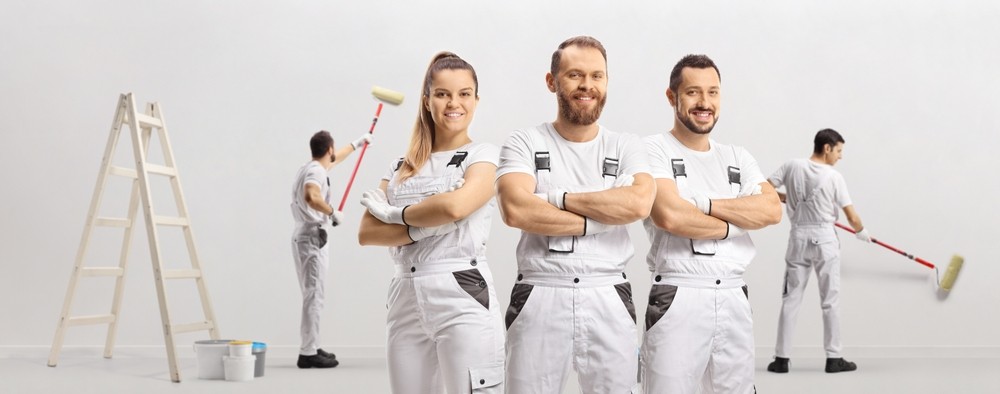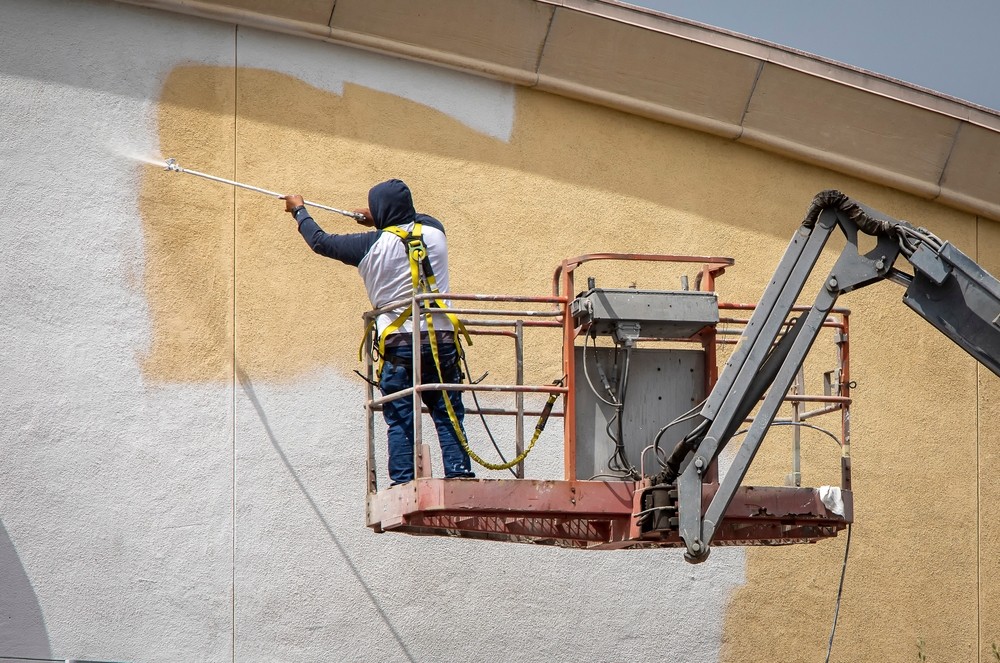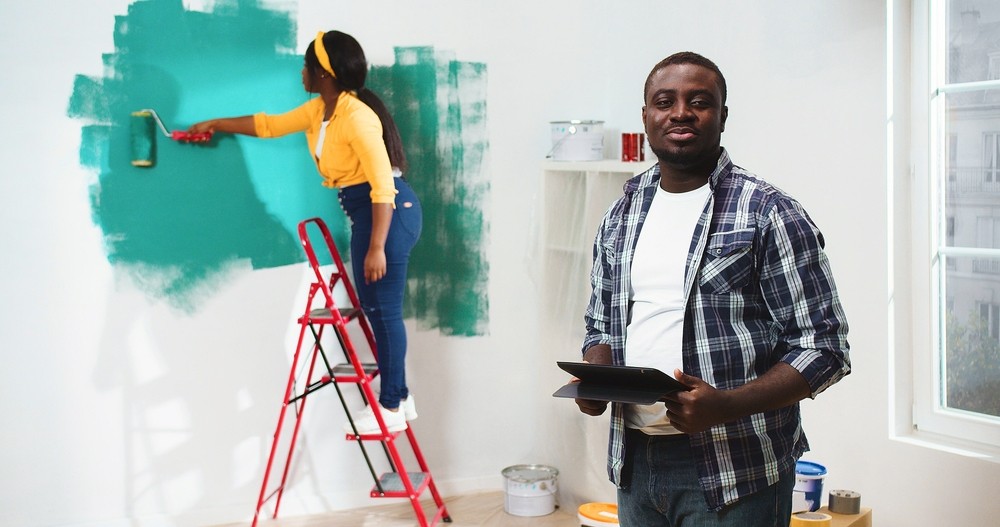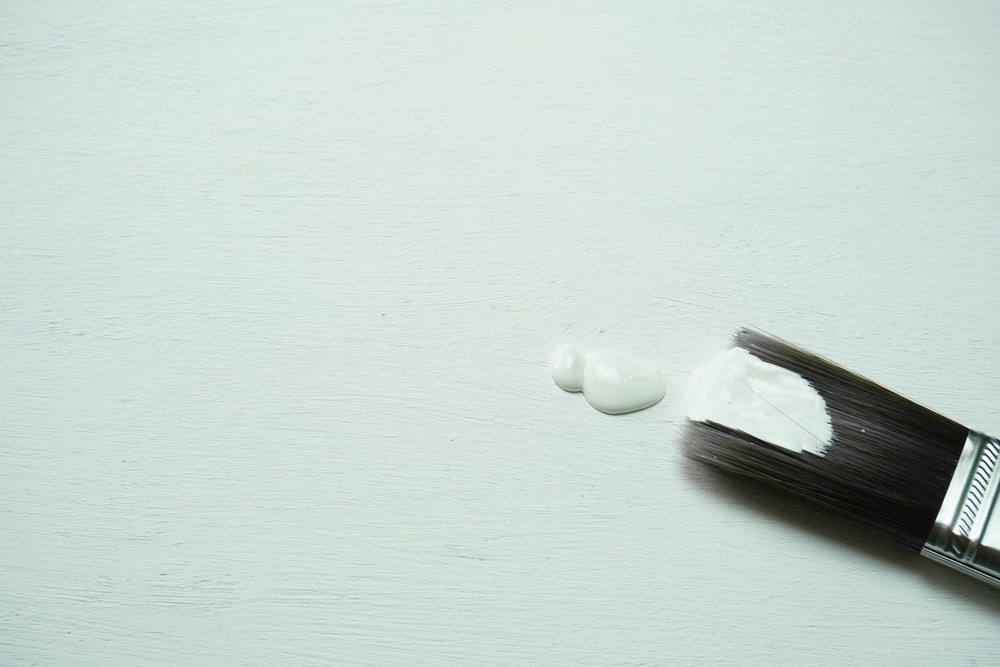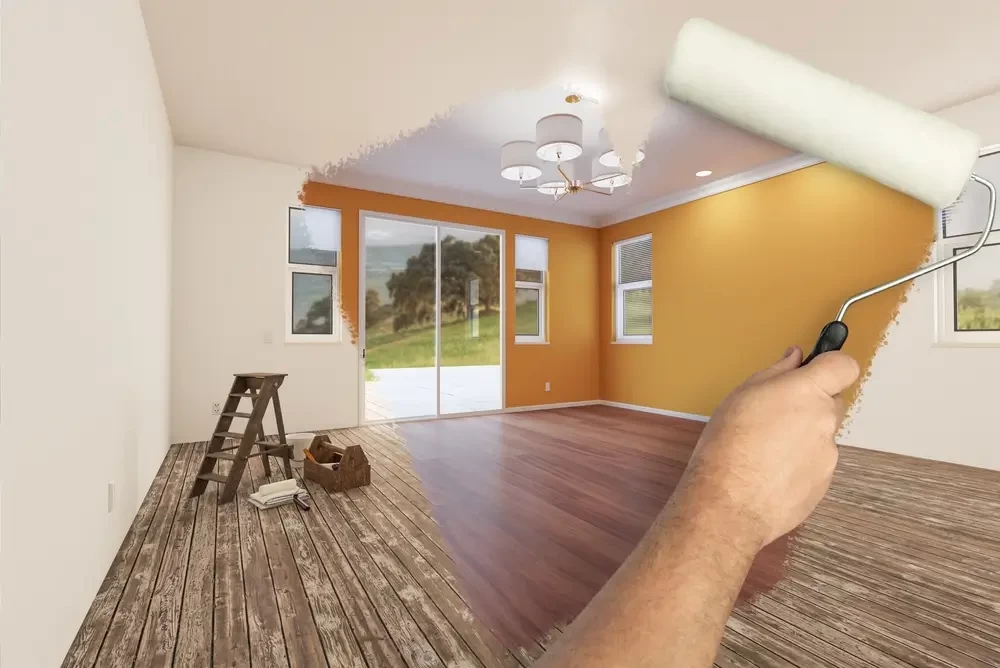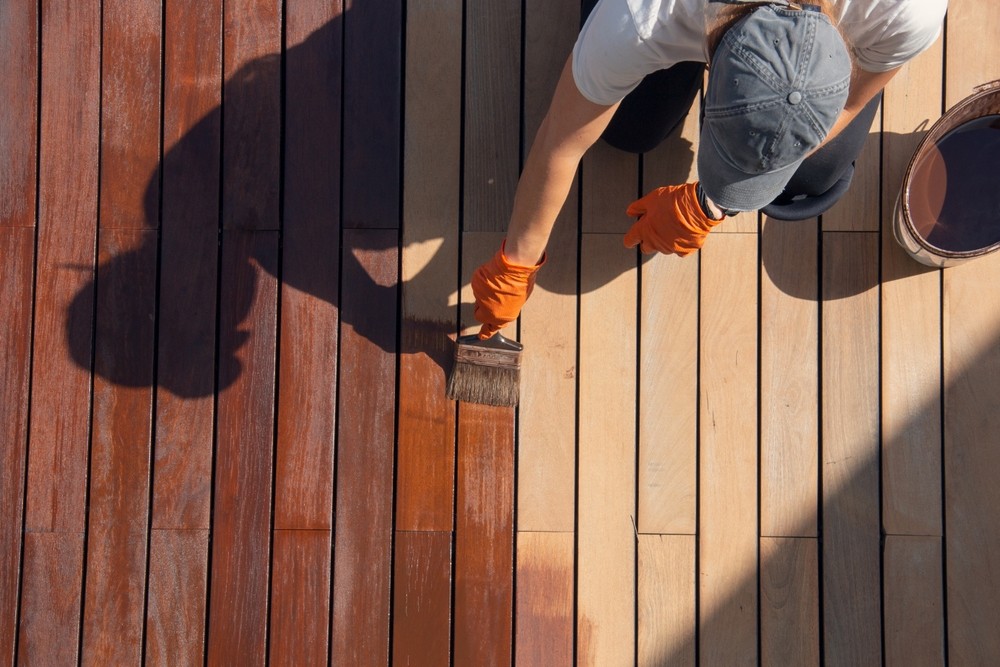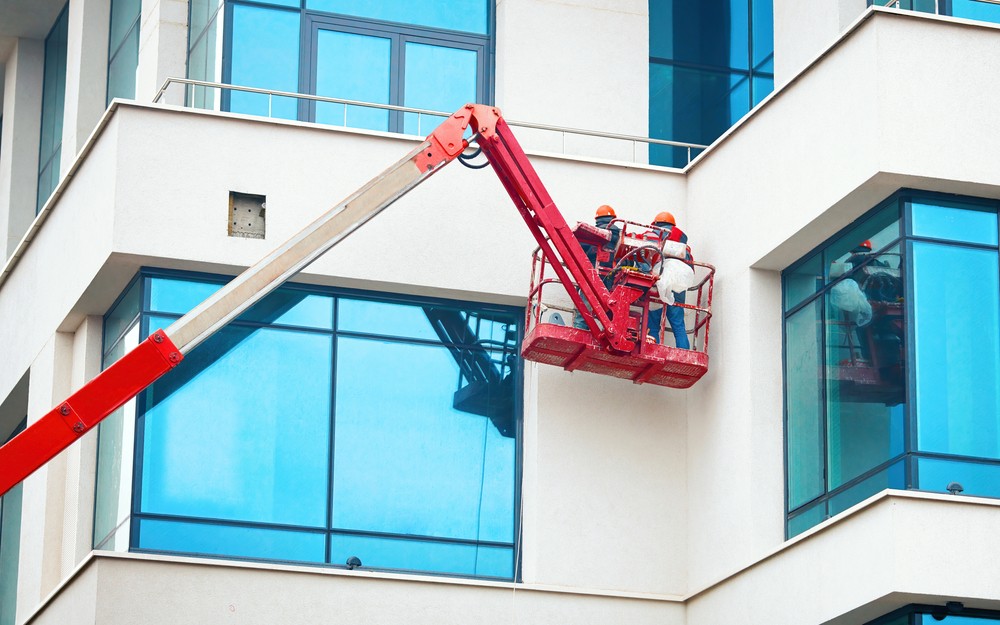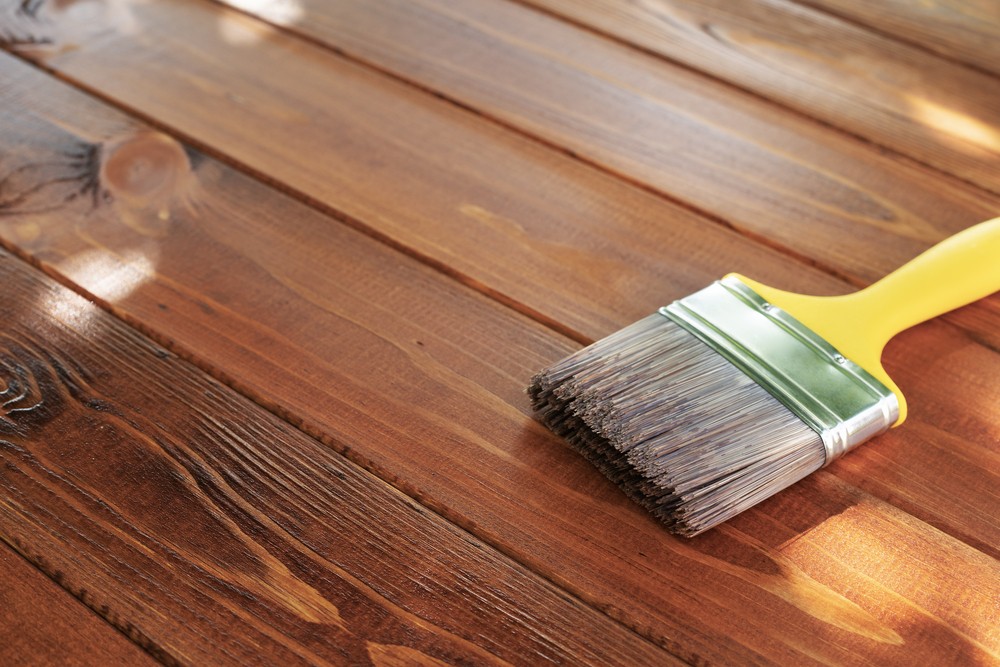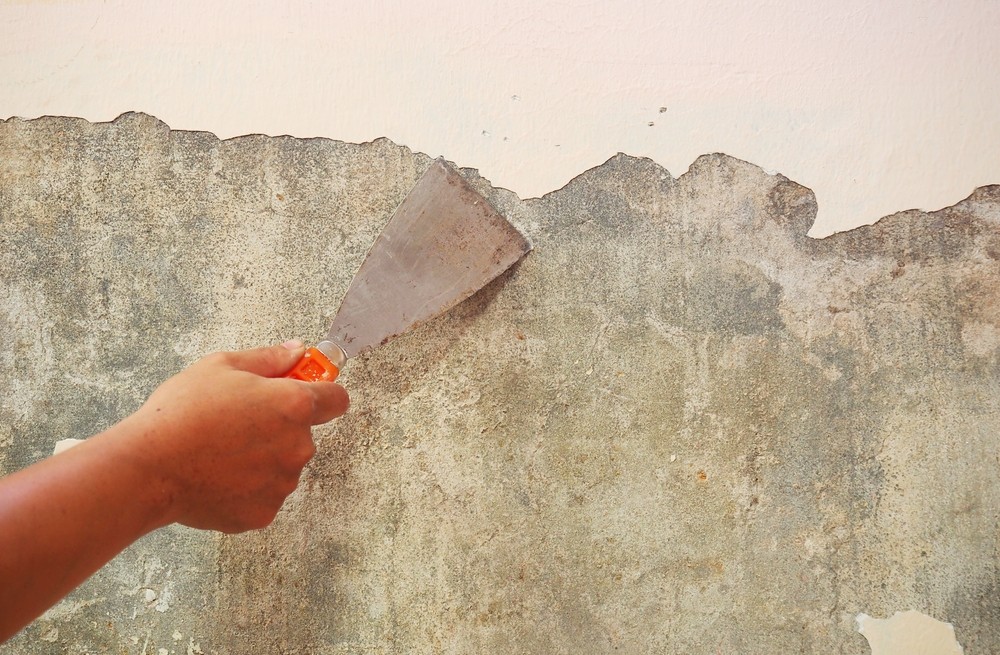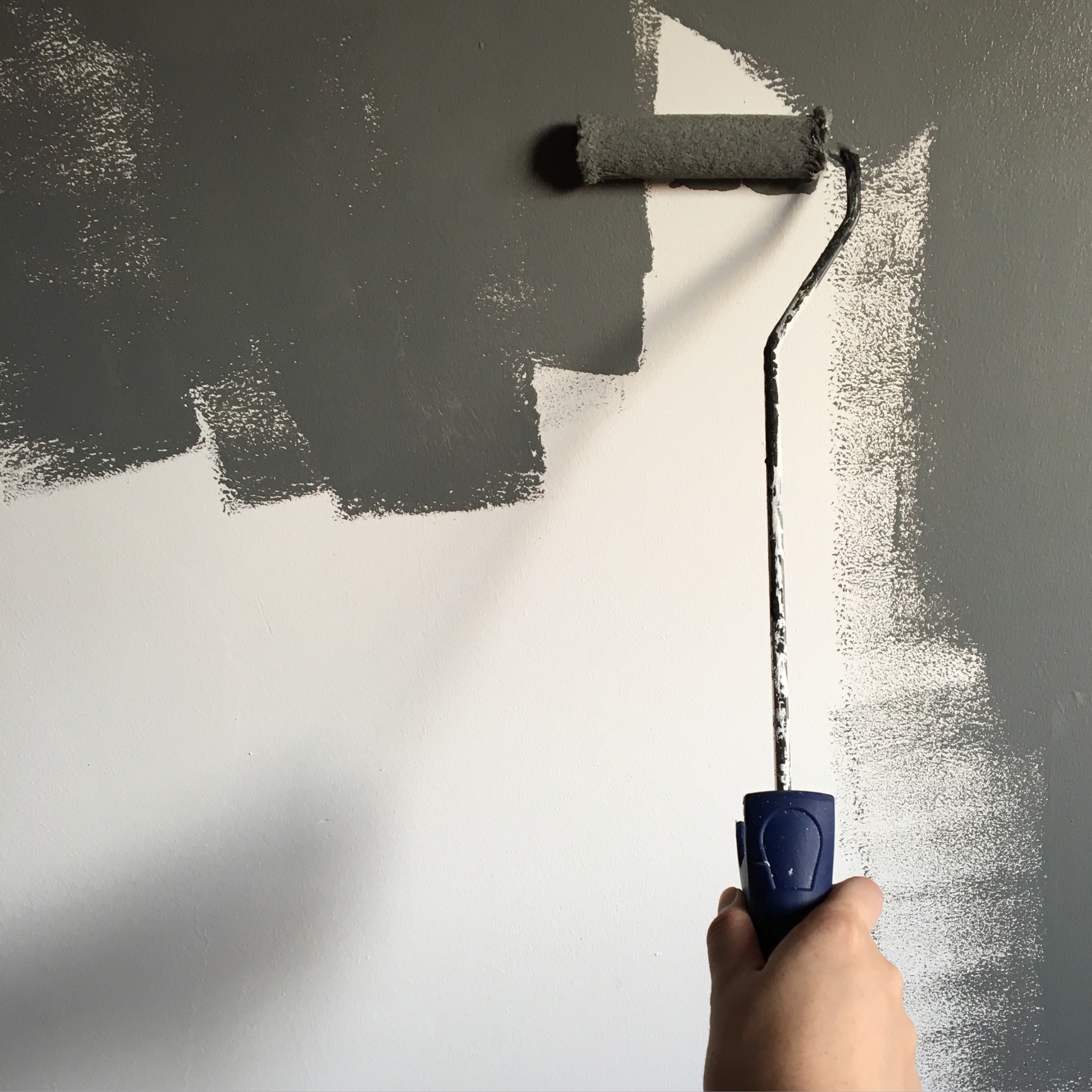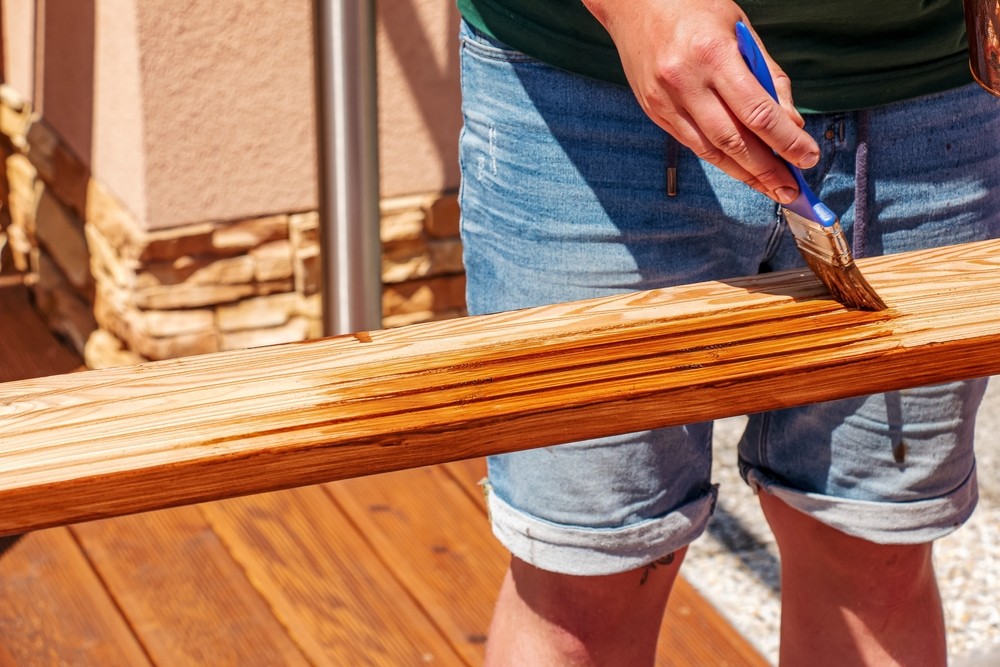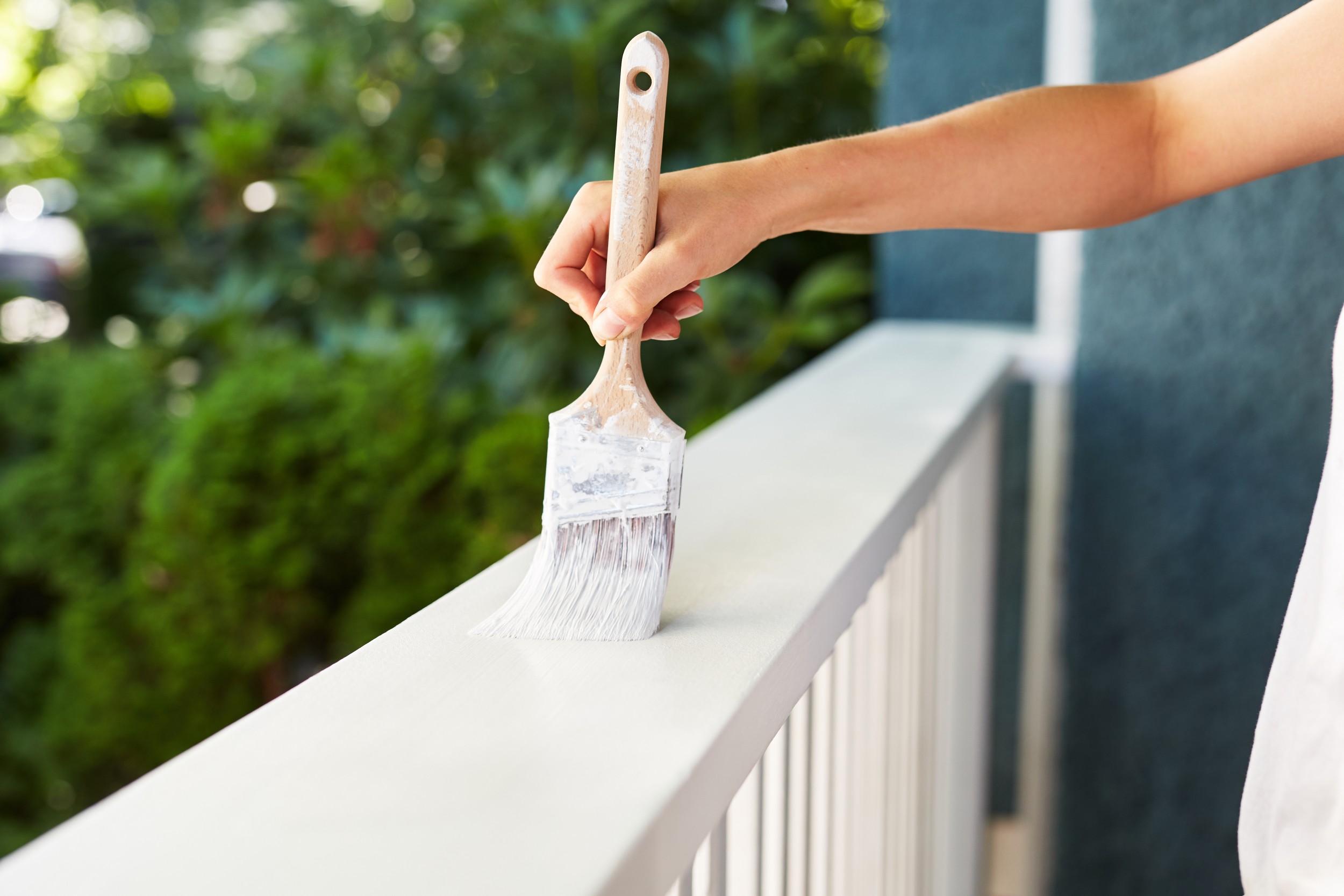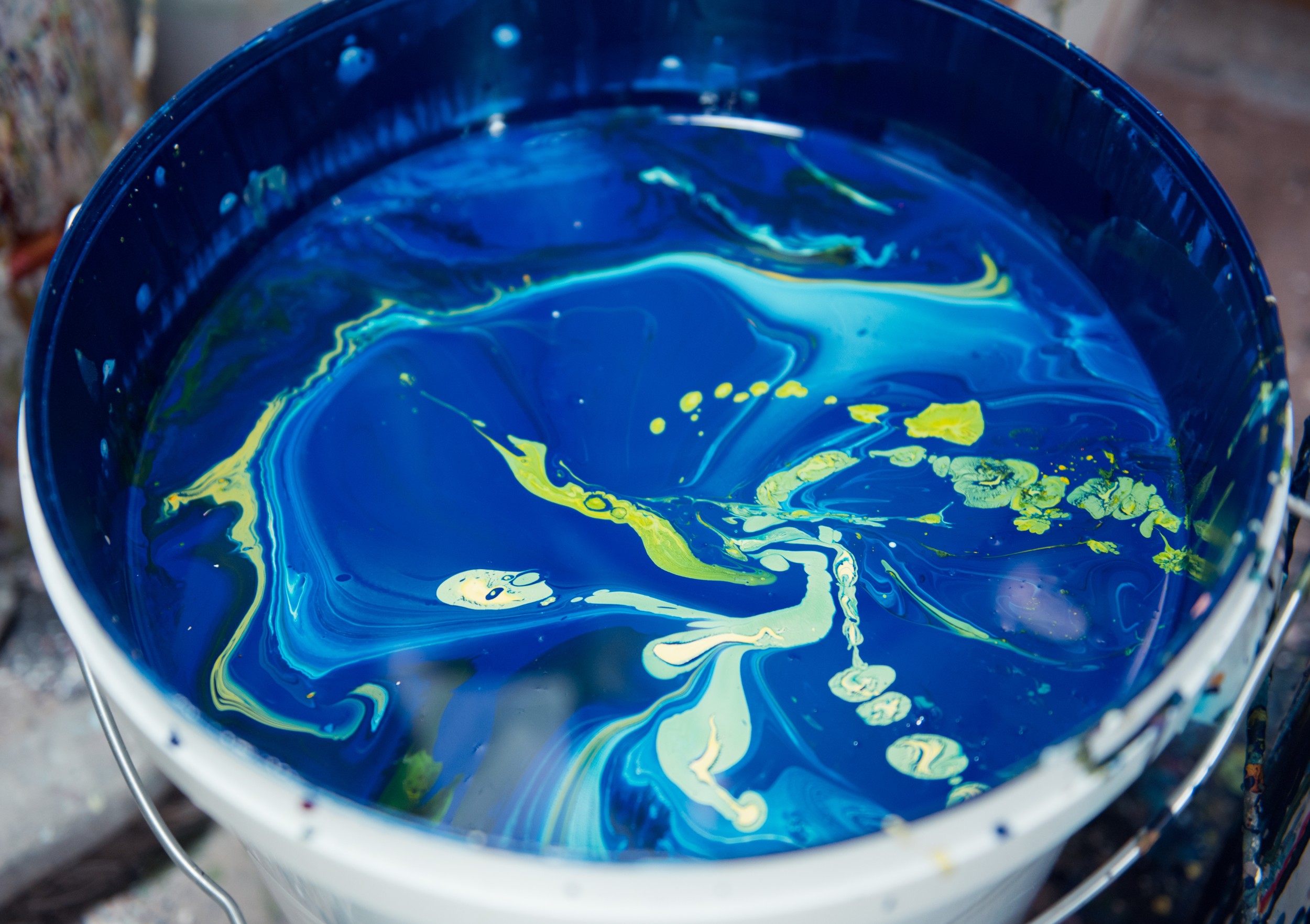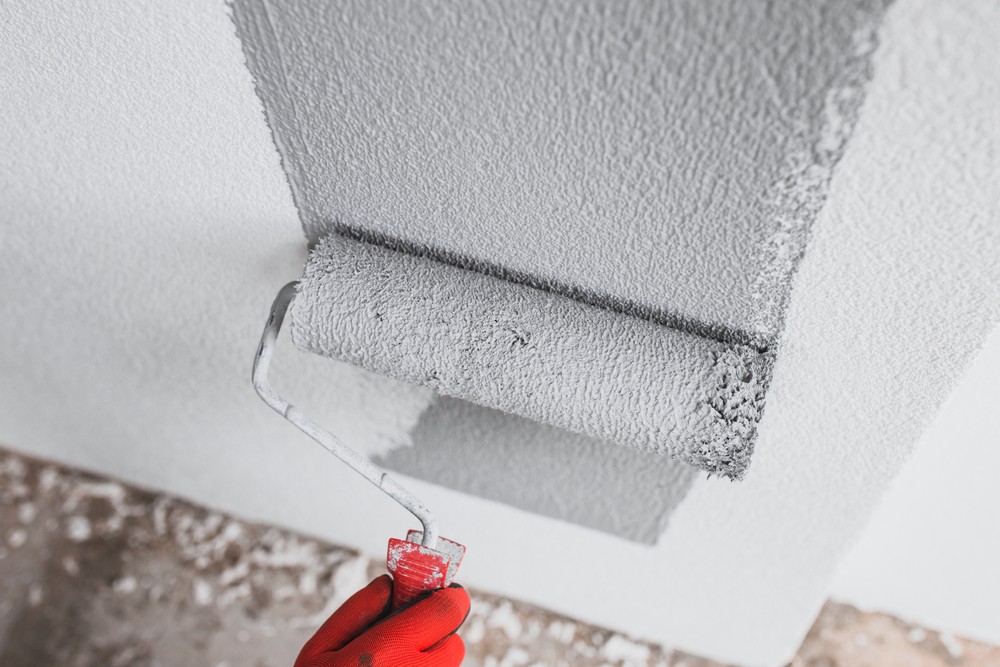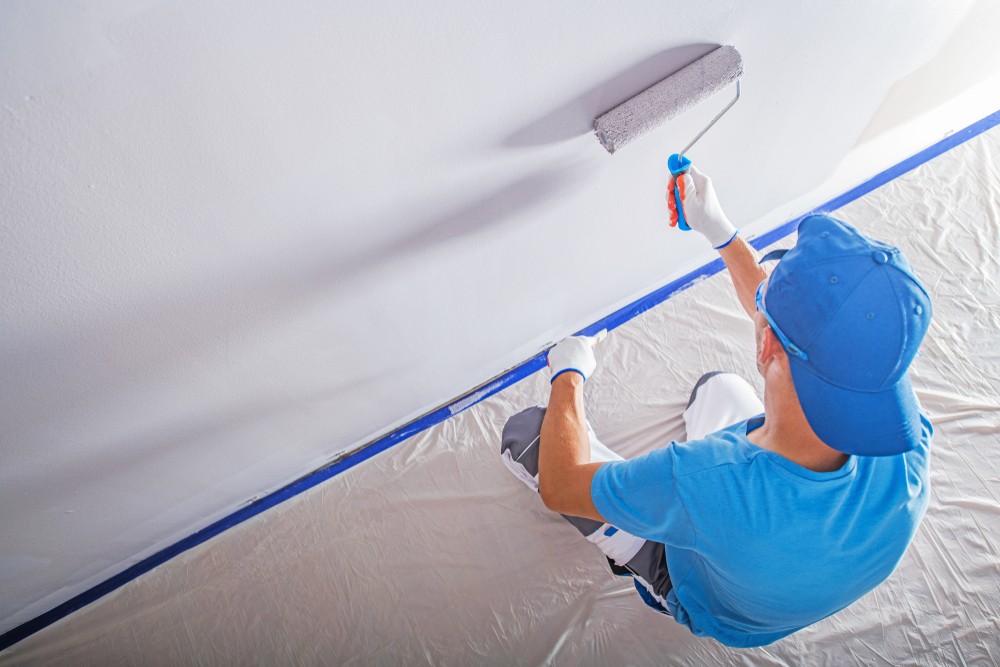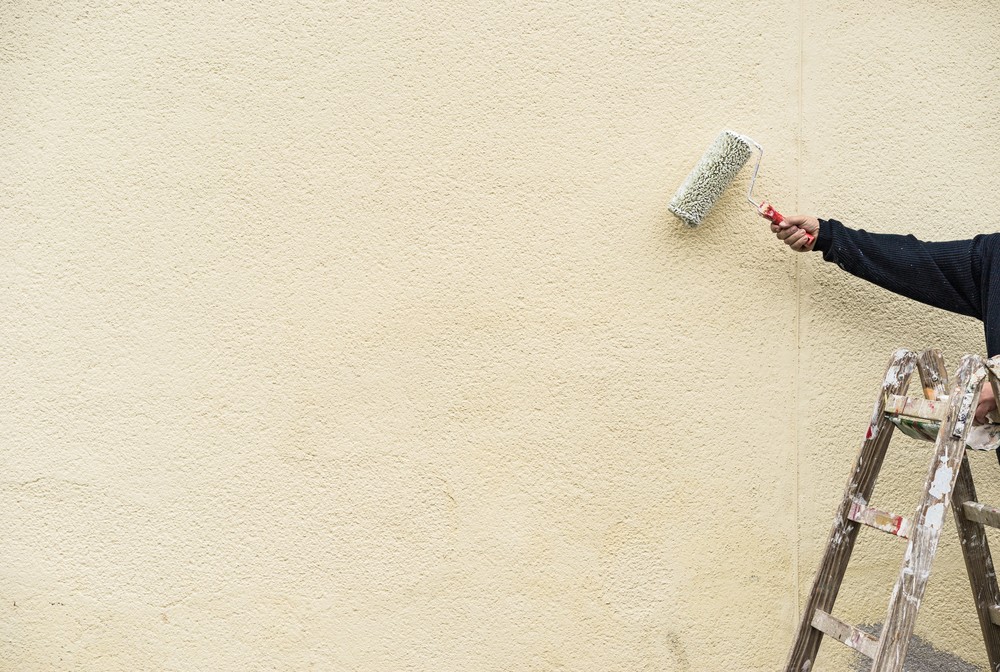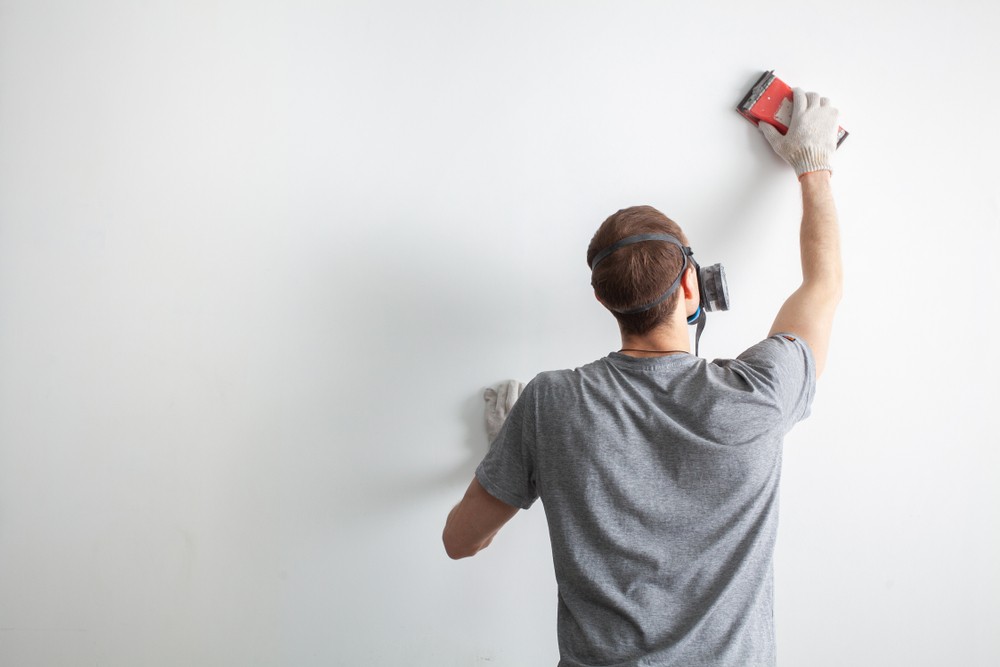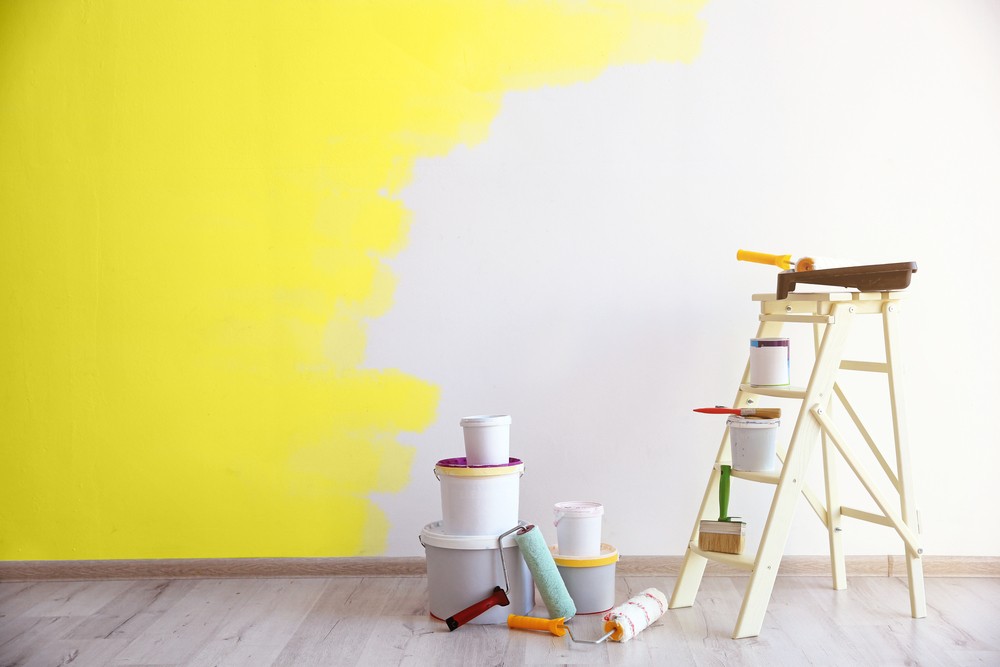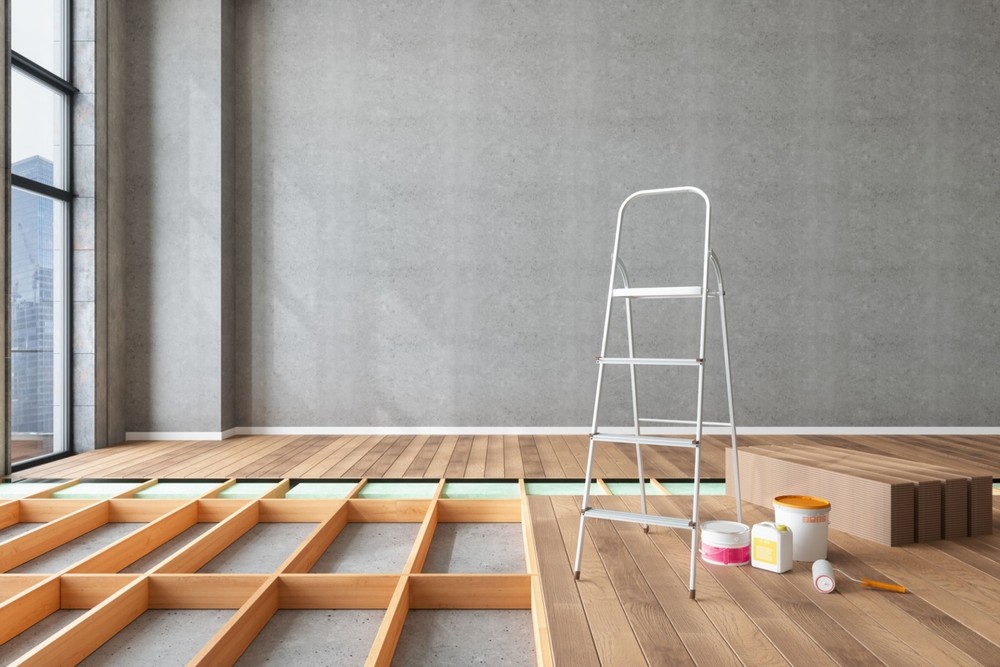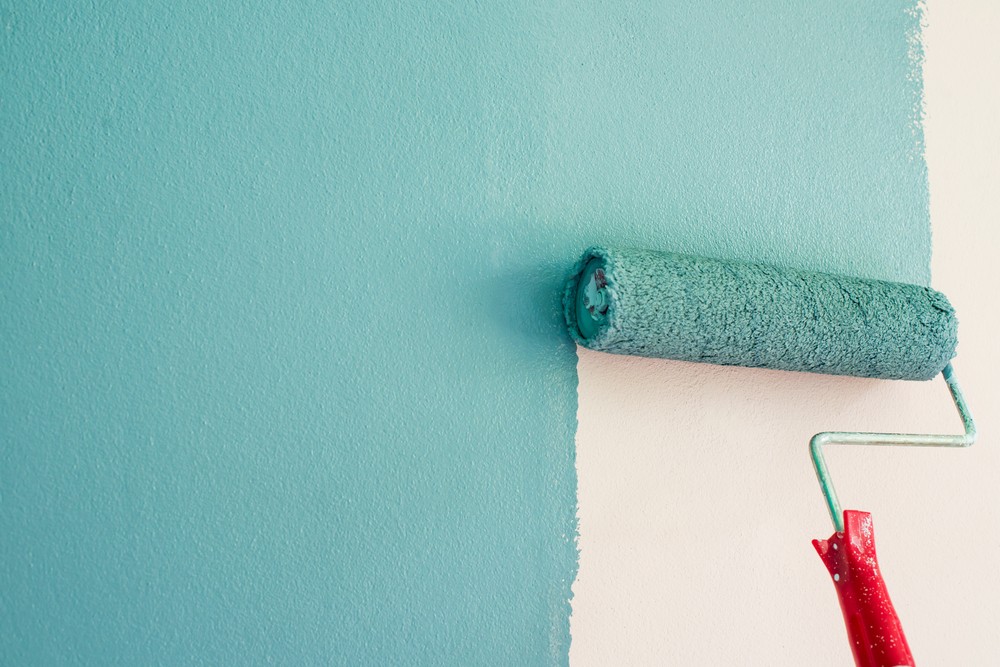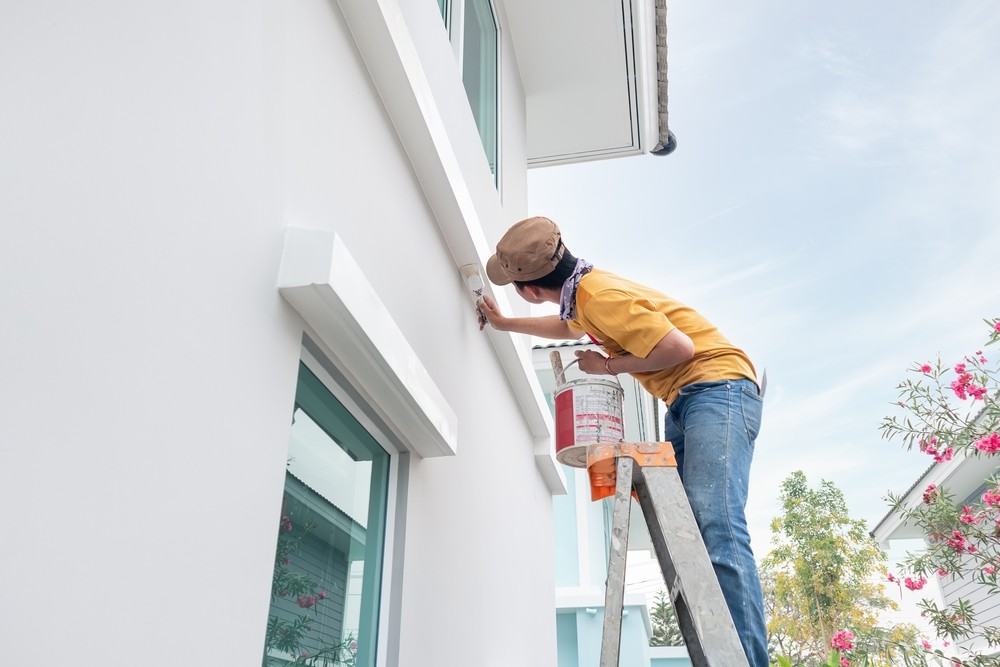
Extreme weather situations can pose massive challenges to the durability and longevity of outdoors paints. Harsh weather can have negative consequences on the exterior surface of your house. It can be affected by heavy rain, extremely cold temperature, strong sunlight or scorching heat. Durable exterior paints are especially made for harsh weather in order to maintain the longevity and beauty of your home.
Various Extreme Weather Conditions
Extreme climate conditions can seriously damage the exterior of your house. It can deteriorate the outer surface by creating different cracks. From scorching heat weather to freezing cold, torrential rain to heavy snowfall, Nature can throw all kinds of demanding situations at your paint job. Understanding the severe climate conditions and the ways by which they can affect the outdoor paint is very important.
Weather's Effect on Exterior Paint
Extreme climate can be the reason for your exterior paint to crack, peel, fade, and decay more quickly than in milder situations. The consistent exposure to extreme weather can erode the protective coating of paint. It can make your home vulnerable to structural damage or even moisture damage. That's the reason it is important to spend in durable exterior paints that can bear different weathers and can provide safety.
Importance of Durable Exterior Paints
When it comes to extreme weather situations, the use of long lasting exterior paints is like giving your house a suit of armor. These paints are in particular designed to face up to the hardest weather situations, imparting fantastic adhesion, flexibility, and resistance to cracking and peeling. They guarantee that your property will continue to be attractive and appealing for many years in future by providing extraordinary protection from the destructive effects of sunlight, moisture, and temperature fluctuation.
The Potential Consequences of Using Inadequate Paints
Using Inadequate or low-quality paints in your exterior can cause a number of paint-related problems. Imagine, your vibrant and nicely-painted house now looks like an unhappy, peeling mess. However, you will ought to cope with pricey maintenance and repainting sooner than expected. Don't allow your home to fall victim to inferior quality paints that can't cope with the heat (or the cold, or the rain, or anything).
Factors to Consider when Selecting Exterior Paints for Extreme Weather
Climate Considerations: Hot, Cold, Humid, etc.
Recall your local climate condition before selecting exterior paints for severe weather conditions. Does it have chilly winters or does it also experience scorching hot weather? Is it a humid surrounding environment that encourages the growth of mildew and mold? Different climates need different types of paint formulations. So, be sure to use paints that are particularly made to bear the unique demanding situations of your location.
UV defense and Fade Resistance
Sunlight can be an actual paint killer. UV rays can cause bright colors to fade. It also deteriorates the paint faster. So, if you want to make your home stay colorful and appealing, use those paints that have fade resistance quality and can provide protection from UV.
Resistance to Moisture
Moisture is a common enemy for outside paints, specifically for areas that are subjected to heavy rain, snowfall, or high humidity. Choose paints that have resistance to moisture and can prevent mildew growth. This will keep the home's exterior dry, covered, and mold-free.
Types of Durable Exterior Paints
Different types of exterior paints including acrylic, oil-primarily based, enamel and many more, are available, Every paint has its own unique properties and advantages. So, consider the paint according to your need and preference. Acrylic paints have their value because of its flexibility, easy cleanup and environmental friendliness while oil-based paints provide durability and adhesion. Choose the type that fits your project and provides you the certainty to handle extreme weather situations.
Application Techniques for Long-lasting Paint Protection
Surface Preparation: Cleaning and Priming
It is important to prepare the surface properly before applying paint. In order to remove any dirt, dust or loose paint, the area must be thoroughly clean. A strong washer can be helpful in deep cleaning. Before priming let the floor dry completely. Priming is an important step in making a paint job long-lasting. It makes an even and smooth base on which paint will adhere. It also improves the durability and shade accuracy. Always prefer the high-quality primer made particularly for the surface you are painting.
Proper Paint Application Techniques
Process of painting requires a little preparation. Start this process by using the appropriate tool, such as brushes, rollers, or sprayers. The tool depends on the area and the type of surface that you are going to paint. Don't try to cover the whole area in one thick layer. Instead, apply thin and even coats of paint. Give each layer enough time to get dry before applying the next. This will reduce the chance of peeling and cracking over time.
Sealing and Protecting Painted Surfaces
Consider the sealing and protecting the paint surfaces in order to extend the life of your exterior paint. You can apply a topcoat or a sealer that is designed to be used on painted surfaces. This can protect the paint from moisture and UV rays. It also adds an extra layer of protection. By applying these strategies, you can ensure that your paint is going to bear the extreme weather situations by maintaining its beauty for years.
Maintenance and Care for Exterior Paints in Extreme Weather
Extreme weather can cause damage to outside paint, therefore, it is important to regularly inspect the painted surfaces. In order to clean away dirt, mold, or dust use a mild detergent and a tender brush or sponge to clean. Inspections on a regular basis allow you to find out potential issues at earliest. Keep an eye on the signs of peeling, cracking, or fading. These signs indicate that the paint may additionally want attention. By figuring out these troubles at an early stage, you can take the necessary steps to prevent additional damage.
Repairing Damaged or Weathered Paint
After noticing any damage on your outside paint, it's important to deal with it promptly. Gently scrape away any loose paint or peeling with the help of any scraper or sandpaper. Once the surface is clean and smooth then apply a primer to prepare it for a clean and new coat of paint.
Reapplication and Touch-up Strategies
Over time, even long-lasting or durable exterior paints might also require reapplication or touch-ups. This happens in areas with severe weather conditions. Remember the instructions and guidelines provided by the manufacturer about when to touch-up or repaint the exterior surface of your home. Apply the same procedure you used in the first time painting process. Apply thin and even coats and ensure sufficient drying time of each layer. By giving the regular maintenance, you can increase the lifespan of your exterior and can make it fresh and colorful for a long period of time.

